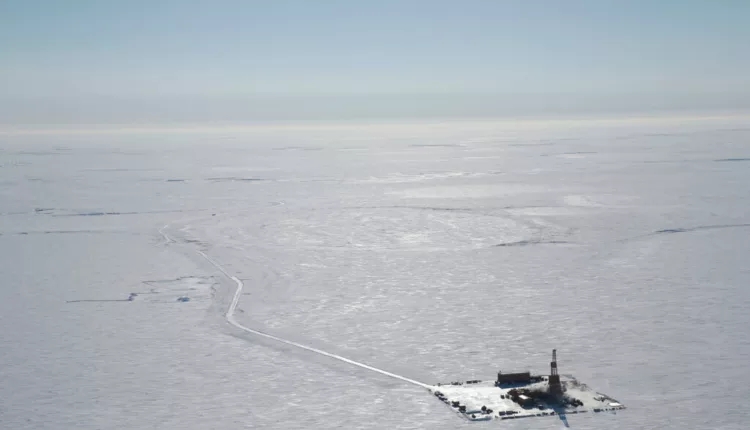
2024 Job Growth Expected from Energy and Infrastructure – State
TL/DR –
Alaska expects modest job growth of 1.7% in 2024, largely driven by infrastructure and energy spending, according to a report from the state labor department. The construction sector will add 1,100 jobs (a 6.7% increase), while mining and oil are predicted to add 1,000 jobs (an 8.7% rise). However, the state faces a labor shortage due to an aging population and an outflow of working-age people, which could impact these forecasts.
Alaska Predicts Modest Job Growth for 2024
State economists forecast moderate job growth in 2024 across Alaska, anticipating that employers will add roughly 5,400 jobs, a 1.7% increase according to a recent state labor report. Employment has been growing steadily at over 2% per year since 2021, following significant job losses in 2020.
The slower growth forecast for 2024 is attributed to larger market trends, anticipating a shift from COVID recovery to absorbing infrastructure funds from the federal government. These funds, part of the Infrastructure Investment and Jobs Act and the Inflation Reduction Act, are expected to be a primary growth driver in the coming year.
Industries such as construction and mining, including the oil industry, are set for growth. Construction is predicted to add 1,100 jobs, a 6.7% increase, and mining and oil are forecasted to grow by 8.7%, adding 1,000 jobs. This growth is driven by preparations for anew gold mine near Tok and the Willow and Pikka oilfields.
However, the forecast is not without uncertainties. A national or international recession could impact tourism numbers and infrastructure project delays could affect construction hiring. The prevailing labor shortage, with job openings twice the number of unemployed individuals in the state, is the main challenge.
The labor shortage is exacerbated by two factors – an aging population moving into retirement, and working-age individuals, particularly young families, leaving the state. Between 2013 and 2022, Alaska’s population remained virtually unchanged, losing about 1,000 people. However, it lost 30,000 working-age adults and 18,000 jobs during the same period, largely from the oil and gas industry according to state economic data.
Industries like fish processing and tourism that typically rely on out-of-state workforce could face hiring challenges. Jobs in leisure and hospitality are projected to grow a modest 1.4% despite forecasted record cruise ship visitor numbers. Jobs in manufacturing, finance, and the information sector are anticipated to stagnate, but none are expected to lose workers.
The report excludes self-employed individuals, farm workers, domestic workers, unpaid family workers, uniformed military members, and most commercial fishermen.
—
Read More US Economic News
